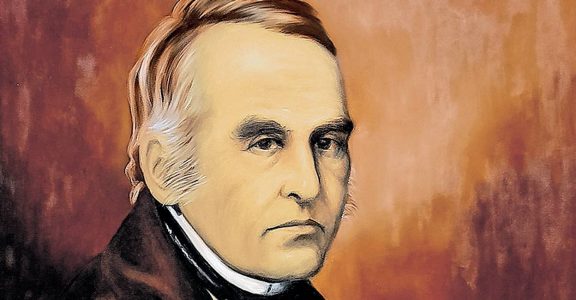
Ooty, which is nestled in the Nilgiri Hills in the south Indian state of Tamil Nadu, has become a famous tourist destination worldwide and celebrates its 200th anniversary. Initially, the region was uninhabitable due to the presence of malaria and thick mist, but historical evidence proves that a network of human settlements existed around 3,000 years ago.

The region was part of the Chera Kingdom, but it changed hands between the Vijayanagara Empire, the Mysore Wodeyar Dynasty, and Tipu Sultan. The British annexed the region after defeating Tipu Sultan in the fourth Anglo-Mysore War in 1779. John Sullivan, the collector of British India’s Coimbatore, was the first European to explore Nilgiris. Sullivan and British soldiers started an expedition to explore Nilgiris from Mettupalayam, and after 20 days, they built a two-room cottage with the help of local tribal people at Kannerimukku. The modest cottage known as ‘Pethakal Bungalow’ is now renovated and houses the Sullivan Memorial.

The collector struck a chord of friendship with the natives and introduced them to new farming techniques, including cultivating vegetables and tea. The region had an ever-moist soil, which was conducive to growing vegetables and tea. Sullivan brought eucalyptus trees to the region, which helped absorb excess water and dampness, and he shipped a peculiar type of grass from London that prevented small sand tiers from collapsing. The history of Ooty is intertwined with the St. Stephen’s Church on the Ooty-Mysore road, which was consecrated by Calcutta bishop John Mathias Turner in 1830. The church came under the Church of South India after 1947.

Post Your Comments